‘Six: The Musical’ hands the mic over to the women known as the six wives of Henry VIII.
More than six months after the popular musical “Six: The Musical” opened on Broadway, the all-woman cast continues to deliver energetic, engaging performances to audiences eager to relearn the history of the six wives of Henry VIII.
“Six” first debuted in the United Kingdom under the direction of British playwrights Lucy Moss and Toby Marlow in 2017 before American casts started taking it on in 2019. The six-woman show, which is playing in New York at the Brooks Atkinson Theatre through September under the direction of Moss and Jamie Armitage, opens with dramatic live music and a puff of smoke. The audience is introduced to the six wives of King Henry VIII in order of marriage: Catherine of Aragon, Anne Boleyn, Jane Seymour, Anna of Cleves, Katherine Howard and Catherine Parr.
“Divorced, beheaded, died, divorced, beheaded, survived,” the cast sings to a punchy beat, in reference to how each marriage to Henry VIII met its end.
Though Henry VIII, King of England from 1509-1547, is the thread which ties these women together, he does not appear onstage. This strategic move reflects the goal of the playwrights’ production: to spotlight these women beyond their roles as Henry’s wife.
“Six” reframes history and passes the mic over to these women to tell history from what might have been their point of view — it’s “herstory,” as the characters themselves exclaim.
The plot initially takes the form of a game show in which each woman is competing for the audience’s vote that she had the worst experience as queen. The use of well-executed jokes — ranging from bawdy to beheading banter — creates an exciting experience for a wide variety of show-goers.
The set, which remains the same throughout the show, resembles that of a typical modern music concert, and the wives, popstars. The front of the stage is left empty and gives space for the six actors to move in front of the live band who are situated on an elevated platform behind them. The sleek black and silver color scheme is complemented by gold and purple spotlights and dynamic LED lights, which change formation and create different settings during each song.
With the accompaniment of an all-female band, the six actors sing and shout into hand-held mics, often speaking directly to the audience. The characters go further to break down the fourth wall and at one point invite an audience member sitting in the front row to stand up and dance.
Attendees like Katrina Chapman, a 33-year-old who works in human resources for a cosplay nonprofit, were attracted to the show by the unique perspective it offers.
“I love redemption stories of wronged women in general,” Chapman said. “Like a lot of people, I got hooked on the podcast ‘You’re Wrong About’ in 2020, which has tons of stories of the women of the 90s that got terrible treatment in the press. ‘Six’ is like the Tudor version of that.”
Not only is the cast of “Six” entirely made up of women, but casting directors also used colorblind casting, resulting in a racially diverse cast. “Six” is not the first Broadway musical to cast actors of color as white historical figures, but it may be a more appropriate show to use this type of casting in than shows like “Hamilton,” according to arts journalist Diep Tran.
“Six uses mostly women of color to portray historical white women who were marginalized, victimized, villainized and erased—thus tying in that historical pain to the pain that women of color feel today,” Tran wrote for Token Theatre Friends. “And at the same time, it finally gives these women agency over their own story, letting them choose how they want to tell it.”
In addition to the musical’s colorblind casting and modern take on gender roles, “Six” ties the story of these upper-class sixteenth century women with the modern world through pop music, internet-age technology references and futuristic costuming.
Costume designer Gabriella Slade researched Tudor styles of both women and men in the process of designing costumes tailored to the personalities of each woman, according to the blog “An Historian About Town.” Though elements like Jane Seymour’s corset and Catherine Parr’s puff sleeves scream period-piece, details such as the queens’ silver-studded high-heeled boots and sheer black tights bring the outfits into the modern world.
“Six” leaves behind the dry textbook language through which so many first learned about these historical characters. For example, the show playfully likens Anna of Cleves’s portrait — which, according to the king, greatly exaggerated her beauty — to a catfished dating app profile picture.
The musical sparks a renewed interest in the infamous Tudor royals for a modern population almost 500 years removed.
“[Six is] a good way to get you curious,” Chapman said. “It led to me picking up the podcast Noble Blood to hear their stories in a way that is a little more in-depth.”
The 90-minute show is filled with catchy songs and dances, taking a silly turn midway through with Anna of Cleves’s feature song, “Haus of Holbein,” in which the cast adorn neck ruffs and neon-framed sunglasses and dance to electronic music. The show is then grounded with the sassy track “Get Down,” where Anna of Cleves sarcastically sings about the “hardship” of being rejected by the king for her looks and having to live in her own palace, spending her wealth how she pleases thanks to her prenup.
The sustained energy of the production perhaps reflects the joy and relief of the “Six” cast and crew to be working again — the show was put on hold just hours before its Manhattan opening night in March of 2020. The hotly-anticipated “Six” opened more than a year later with masking and vaccination requirements, much of which is still in place today.
With equal measures of humor and sincerity, “Six” takes the story of six Tudor-era royals and translates it into a universal tale of love, survival and power.
The hour-and-a-half-long show does not have an intermission, and masks are required indoors.
Tickets to “Six” on Broadway typically start at $100-$170 when bought in advance, and can reach almost $400. They are available to book through September on Ticketmaster.

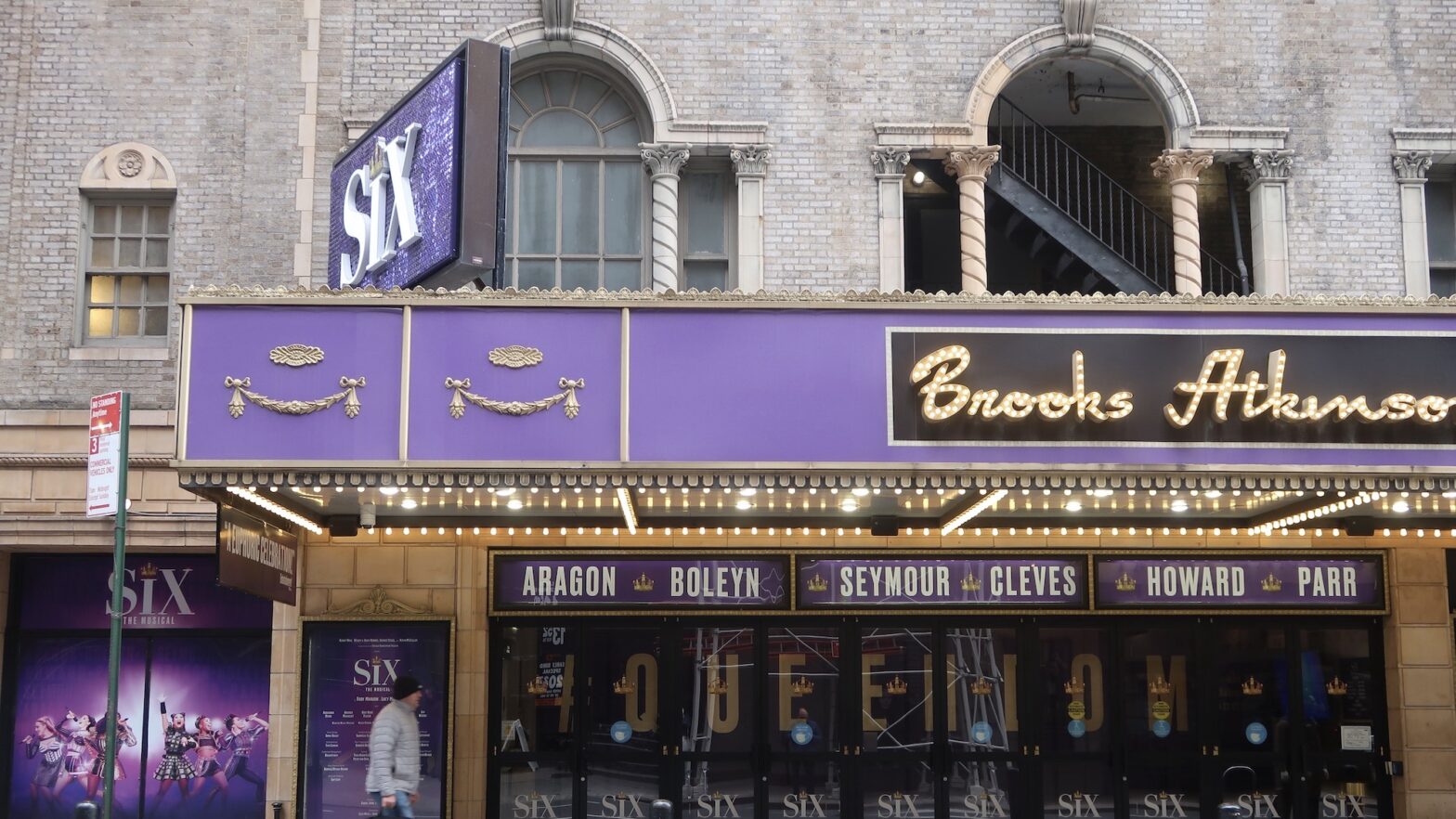

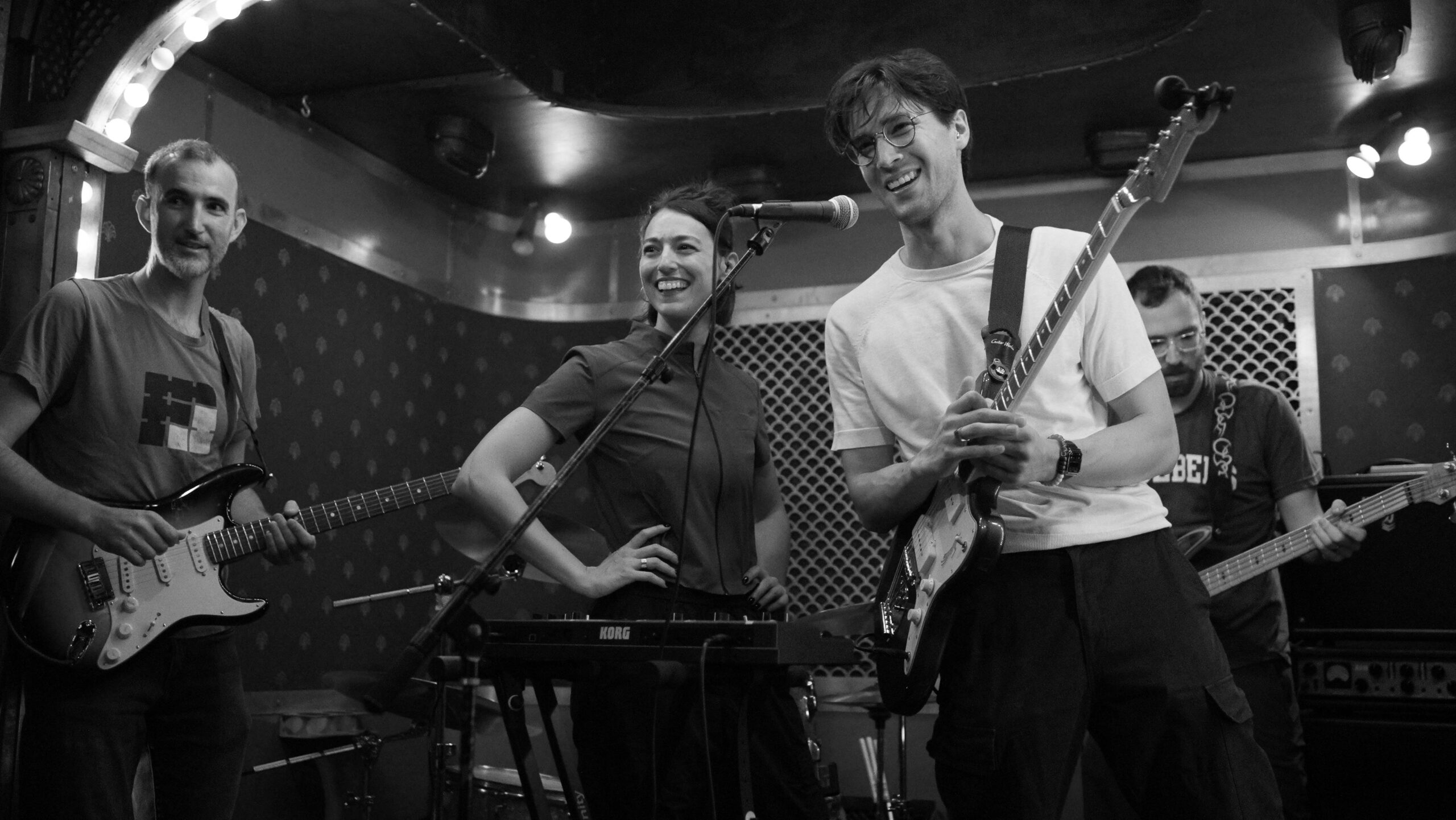
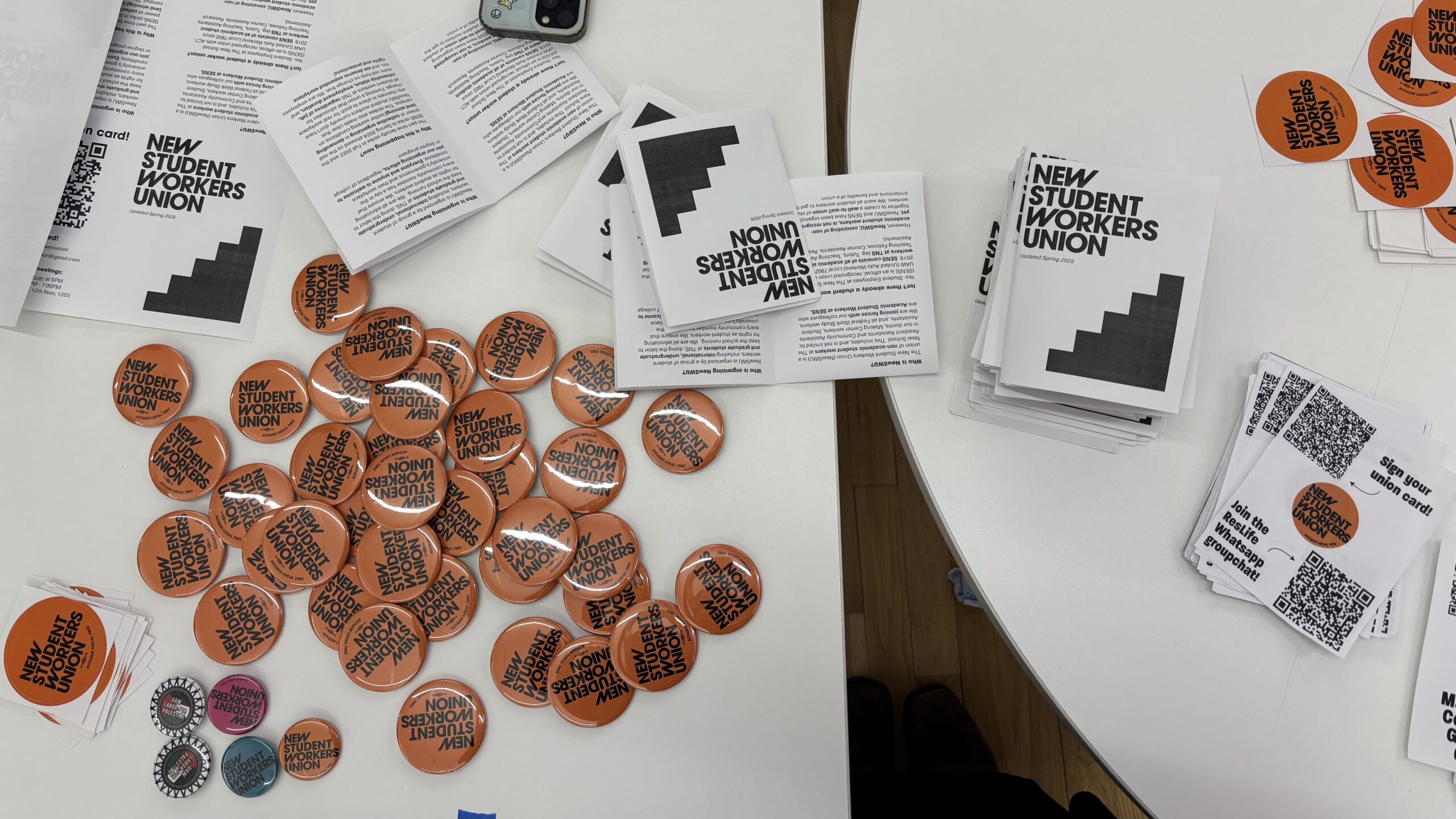
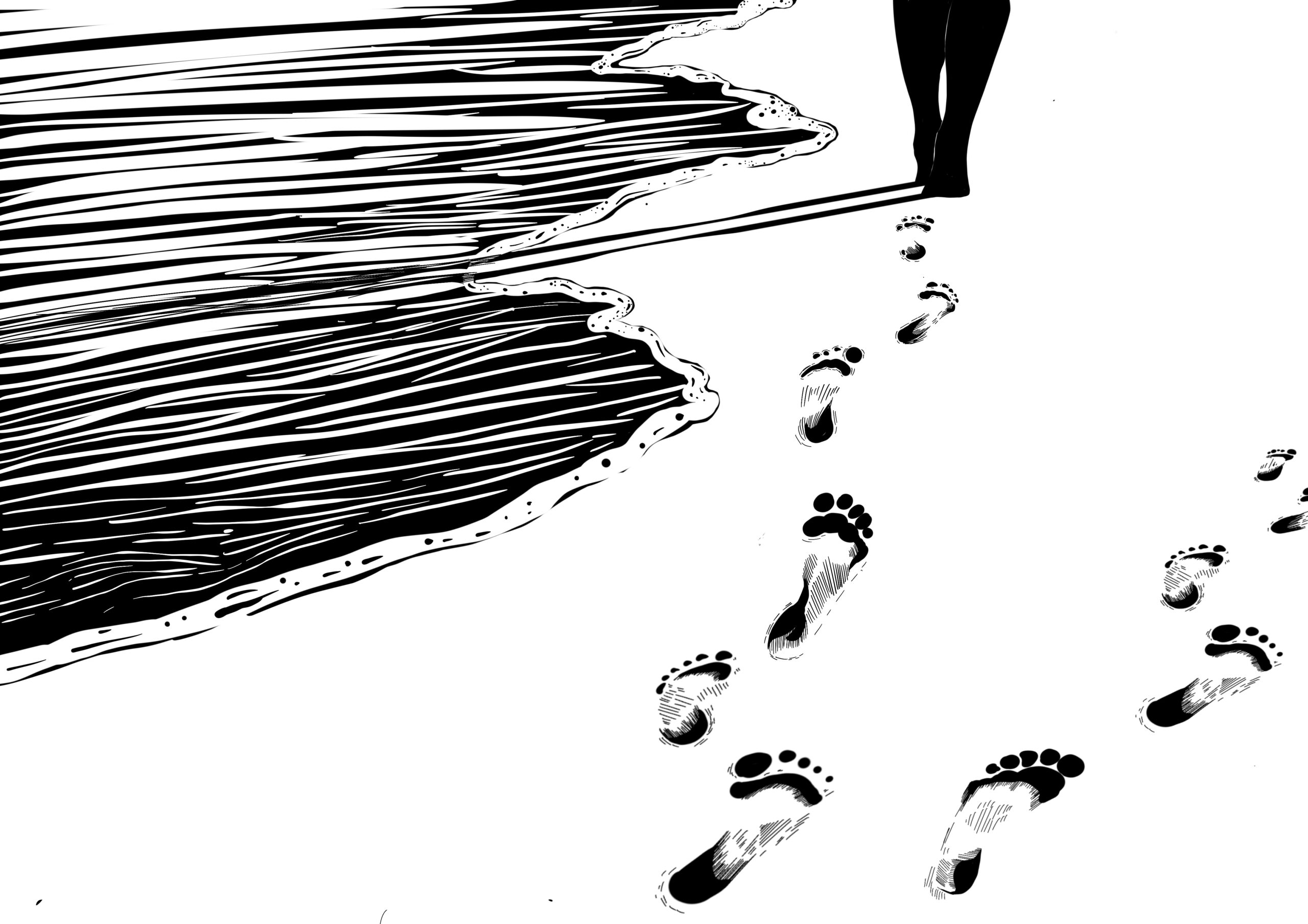
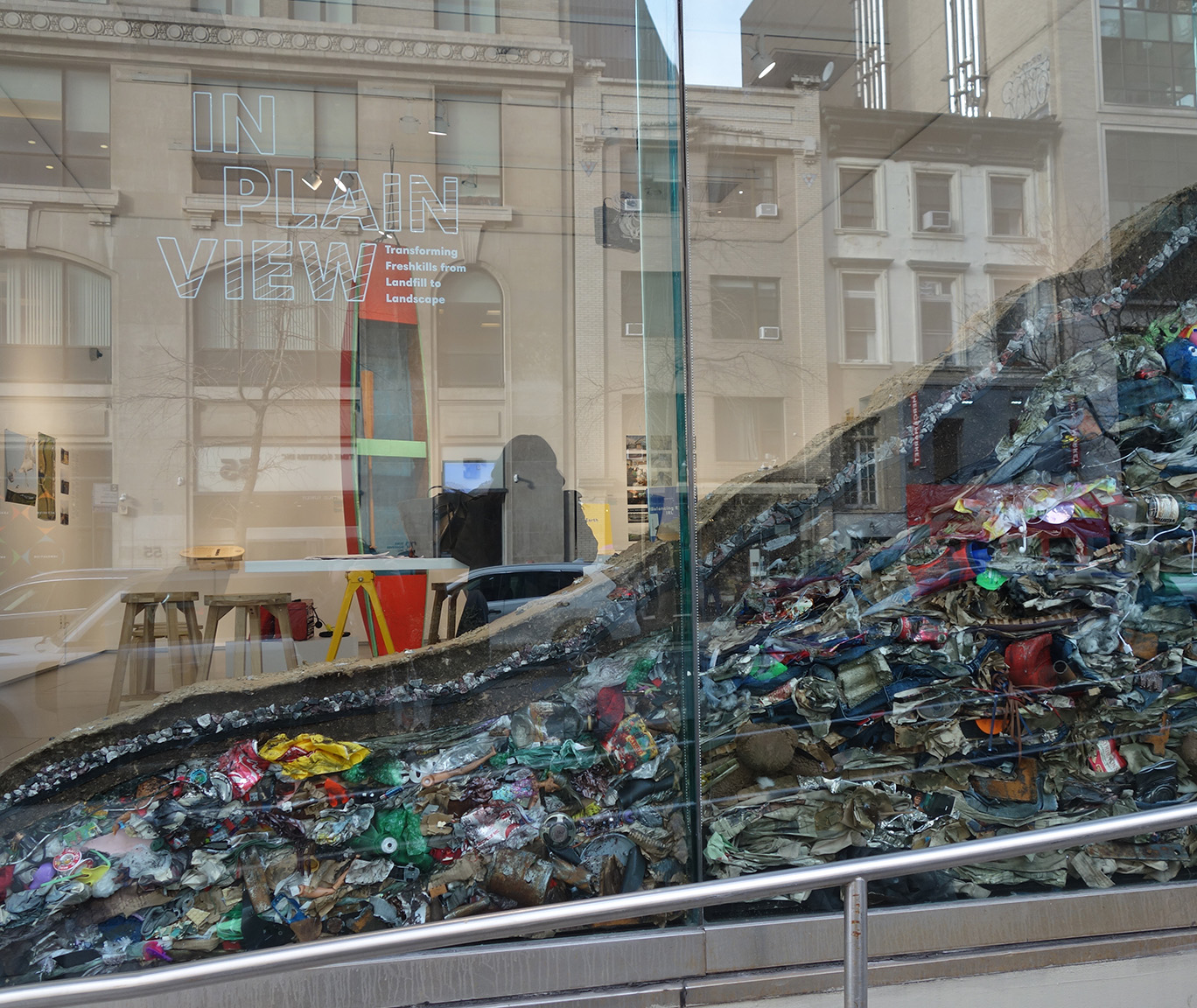

Leave a Reply